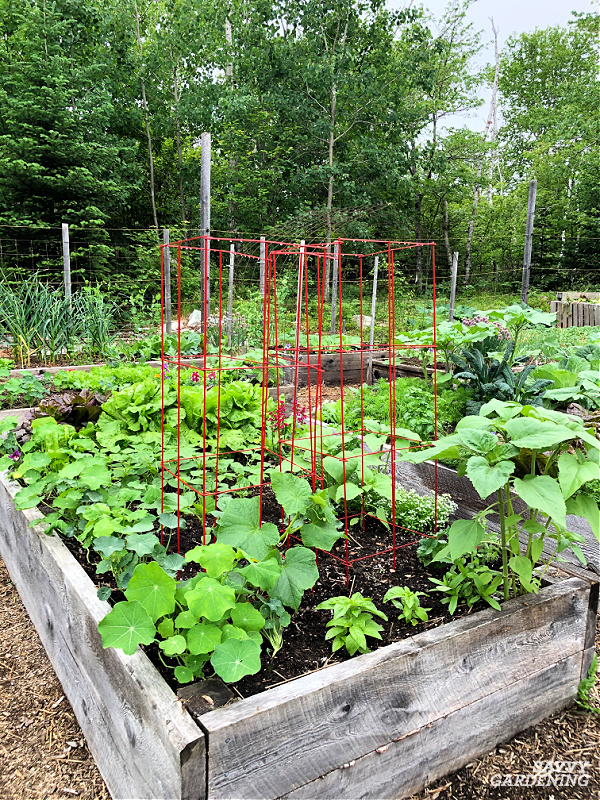How to make Natural Pesticide for Plants
Are you tired of dealing with pesky bugs that just won’t leave your plants alone? Don’t worry, you don’t have to resort to harsh chemical pesticides that can harm both your plants and the environment. You can easily make your own natural pesticide using simple ingredients that you probably already have in your kitchen. Not only is it effective, but it’s also safe for your plants and beneficial insects. Here’s how you can make your own natural pesticide for plants:
Ingredients:
- 1. 1 tablespoon of dish soap
- 2. 1 tablespoon of vegetable oil
- 3. 1 tablespoon of baking soda
- 4. 2 cups of water
These simple ingredients are all you need to make a powerful natural pesticide that will keep those unwanted bugs at bay.
Instructions:
1. Mix the Ingredients: In a small bowl, combine the dish soap, vegetable oil, and baking soda. Mix well until the ingredients are fully combined.
2. Add Water: Slowly add the water to the mixture, stirring constantly to ensure that everything is well mixed.
3. Transfer to Spray Bottle: Once the mixture is fully combined, pour it into a spray bottle for easy application.
4. Apply to Plants: Spray the natural pesticide on your plants, making sure to cover both the tops and bottoms of the leaves. Repeat every few days or after heavy rain.
Tips:
- • Test on a Small Area: Before spraying the pesticide on all your plants, test it on a small area to ensure that it doesn’t cause any damage.
- • Apply in the Evening: It’s best to apply the pesticide in the evening when the sun is not as strong, as this will prevent the leaves from burning.
- • Store in a Cool Place: Store any leftover pesticide in a cool, dark place to keep it fresh for future use.
With this natural pesticide, you can effectively keep bugs away from your plants without harming the environment. Give it a try and see the difference it makes in your garden!
Disclaimer: While this natural pesticide is safe for most plants, it’s always a good idea to do a patch test on a small area of your plants before applying it to the entire plant. If you notice any adverse effects, discontinue use.



